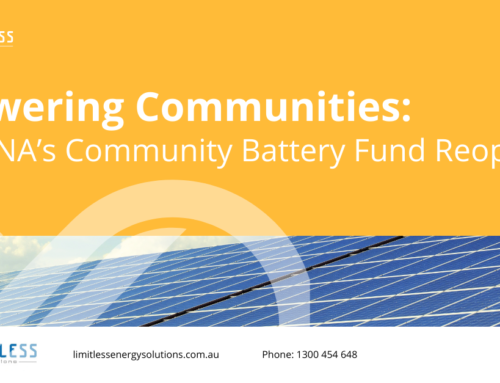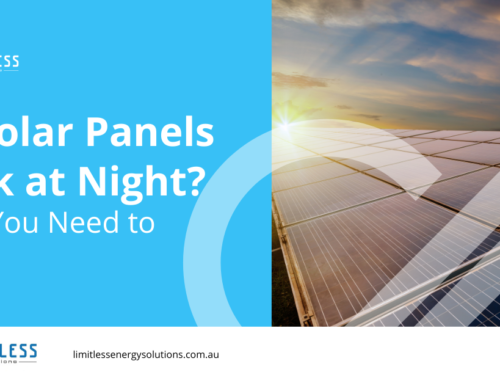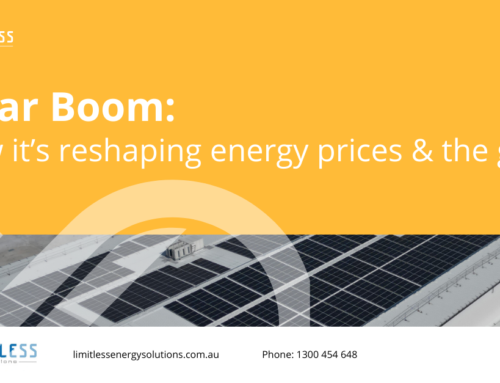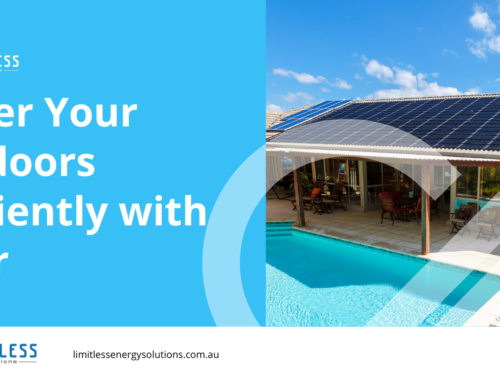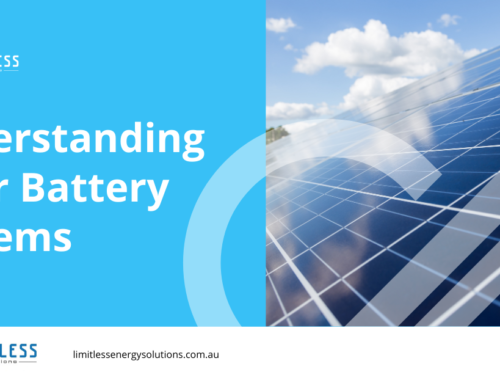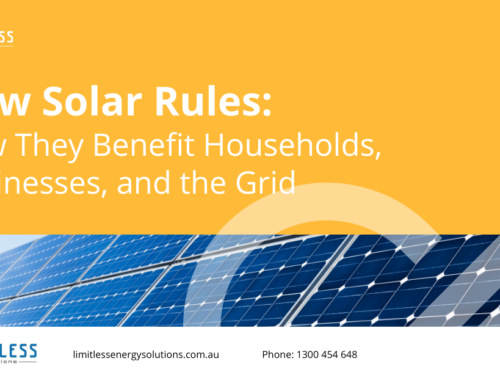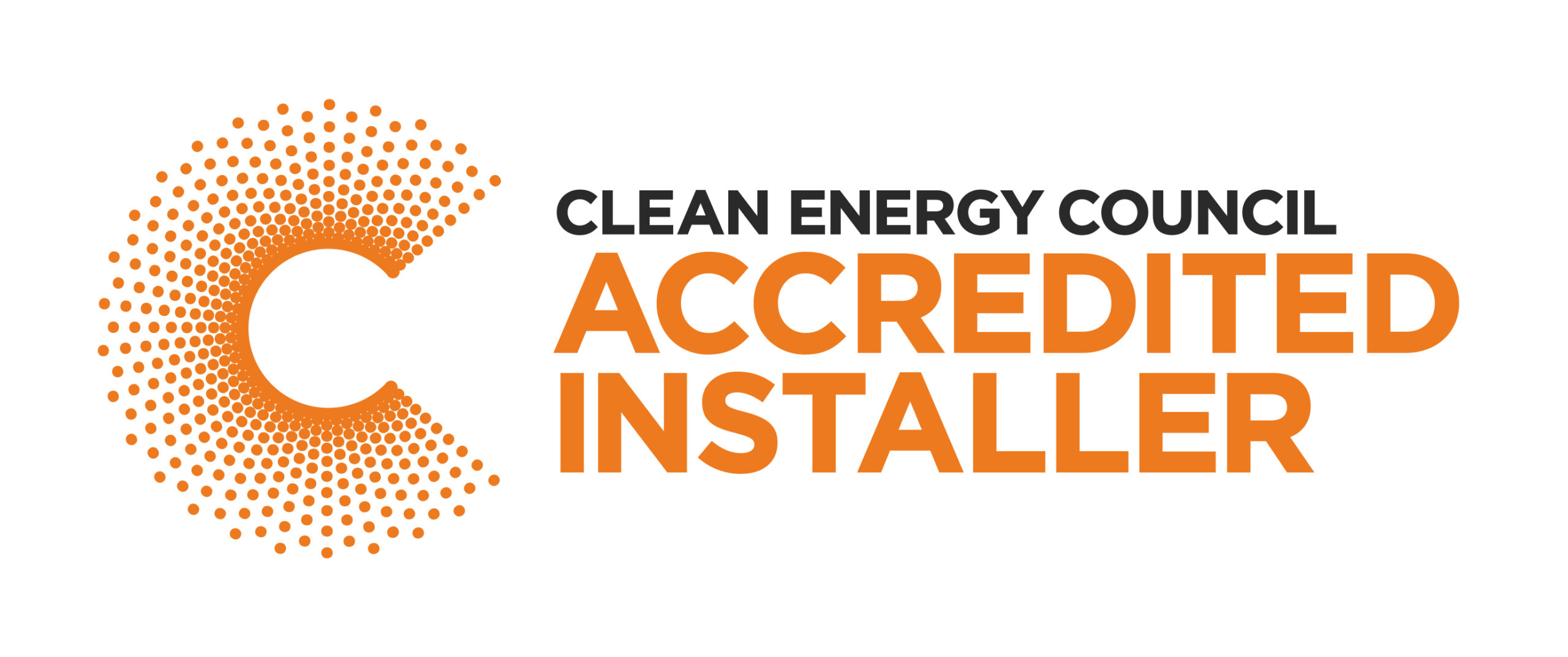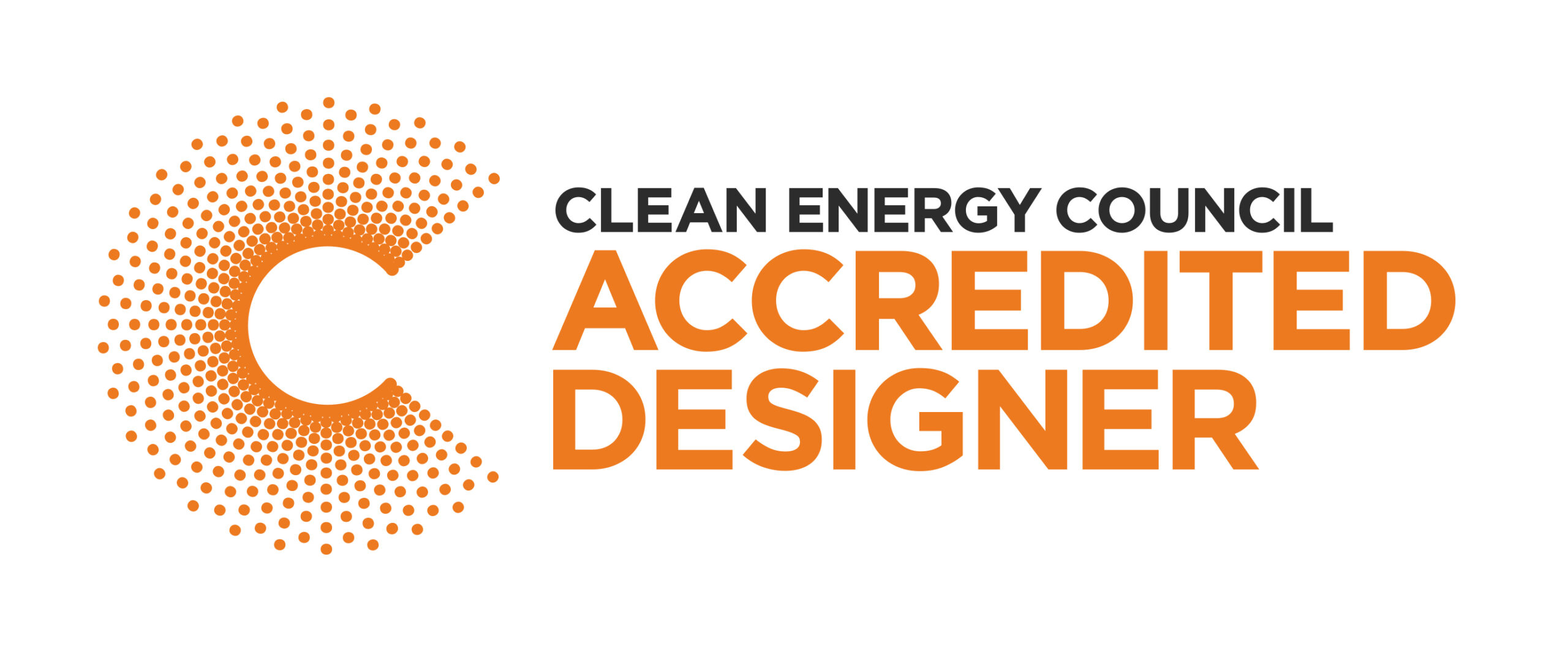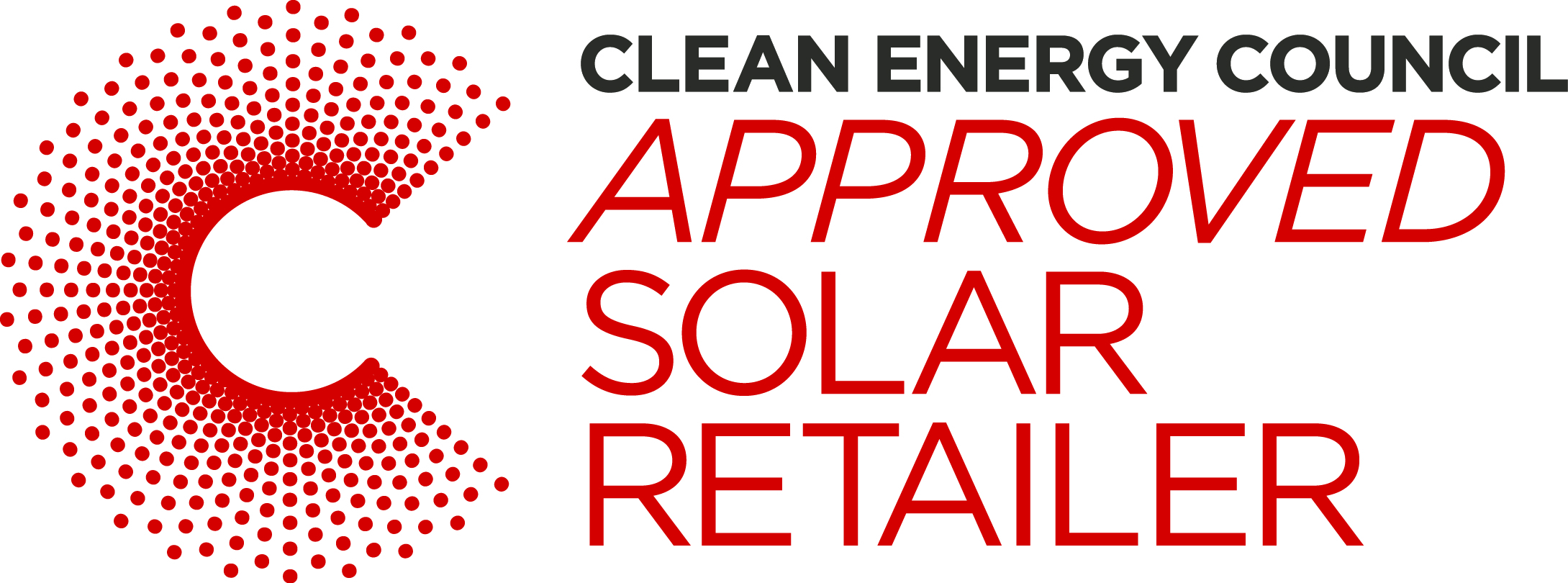With the increasing popularity of renewable energy, understanding how solar panels work is essential for homeowners considering this green investment. This comprehensive guide explains the basic principles behind solar energy and how solar panels convert sunlight into electricity.
How Do Solar Panels Work?
Solar panels, also known as photovoltaic (PV) panels, are made up of many solar cells. Each solar cell is composed of layers of silicon, phosphorous (to provide the negative charge), and boron (to provide the positive charge). When sunlight hits the solar cells, it knocks electrons loose from their atoms. As the electrons flow through the cell, they generate electricity.
Step-by-Step Process:
- Sunlight Activation: Solar panels capture sunlight through their photovoltaic cells.
- Electric Current Generation: When sunlight interacts with the silicon cells, it causes electrons to move, creating an electric current.
- Inverter Conversion: The generated direct current (DC) electricity is sent to an inverter, which converts it to alternating current (AC) electricity, the form used by most home appliances.
- Powering the Home: The AC electricity is then used to power household devices. Excess electricity can be sent back to the grid or stored in a solar battery for later use.
How Many Solar Panels Do I Need?
The number of solar panels needed depends on several factors:
- Energy Consumption: Average household energy usage determines the size of the system required.
- Panel Efficiency: Higher efficiency panels generate more power, requiring fewer panels.
- Roof Space: The amount of available space on the roof can limit the number of panels that can be installed.
- Sunlight Exposure: The amount of sunlight your location receives affects the number of panels needed.
Example Calculation: A typical Australian household consumes about 20 kWh per day. To cover this usage, approximately 5kW to 6.6kW systems are often sufficient, translating to around 15-20 panels, depending on the efficiency of the panels.
How Long Do Solar Panels Last?
Solar panels are designed to be durable and typically last between 25 to 30 years. Over time, their efficiency may decrease slightly. Most manufacturers offer warranties that guarantee panels will produce at least 80% of their original capacity after 25 years.
Factors Influencing Lifespan:
- Quality of Materials: Higher quality panels tend to last longer.
- Installation Quality: Proper installation can prevent damage and extend the life of the panels.
- Maintenance: Regular cleaning and inspections can help maintain efficiency and prolong lifespan.
How to Clean Solar Panels
Keeping solar panels clean is crucial for maintaining their efficiency. Dust, debris, and bird droppings can obstruct sunlight and reduce power output.
Cleaning Tips:
- Safety First: Ensure you have the right safety gear and consider hiring a professional if your roof is steep or high.
- Use Soft Brushes or Sponges: Avoid abrasive materials that can scratch the surface.
- Mild Soapy Water: Use mild detergent and water to clean the panels. Avoid harsh chemicals.
- Rinse Thoroughly: Ensure all soap residue is washed off.
- Regular Inspections: Inspect panels regularly for any damage or buildup of debris.
Types of Solar Panels
There are several types of solar panels available, each with its own advantages and disadvantages:
1. Monocrystalline Solar Panels:
- Efficiency: High
- Lifespan: Long
- Appearance: Black, uniform look
- Cost: Higher due to higher efficiency
2. Polycrystalline Solar Panels:
- Efficiency: Moderate
- Lifespan: Long
- Appearance: Blue, speckled look
- Cost: Lower than monocrystalline
3. Thin-Film Solar Panels:
- Efficiency: Lower
- Lifespan: Shorter
- Appearance: Flexible and lightweight
- Cost: Lower, suitable for specific applications
Understanding how solar panels work, how many you need, their lifespan, cleaning methods, and the different types available can help you make an informed decision about investing in solar energy. For more detailed guidance and personalised advice, contact Limitless Energy Solutions to explore the best solar options for your home.



